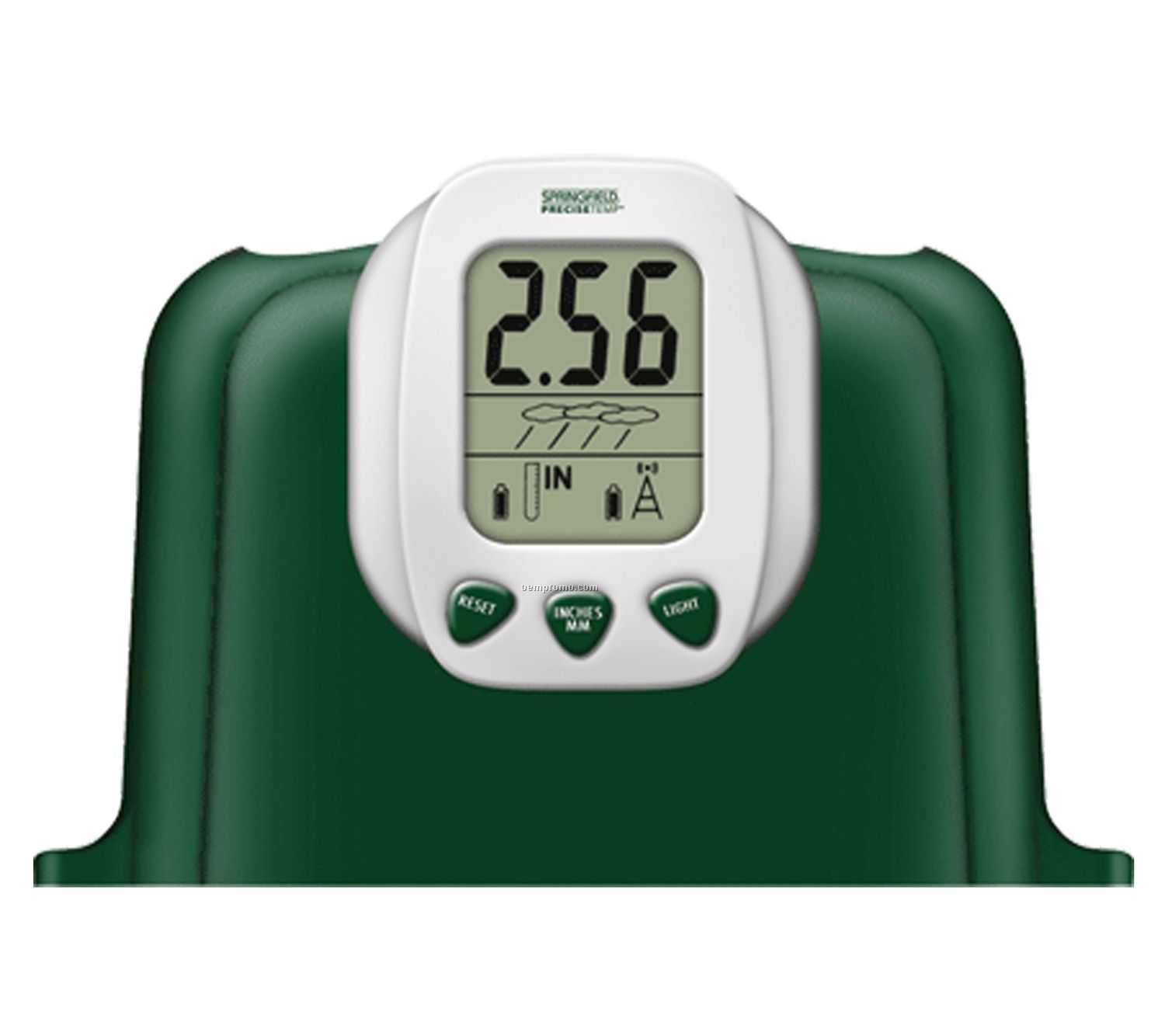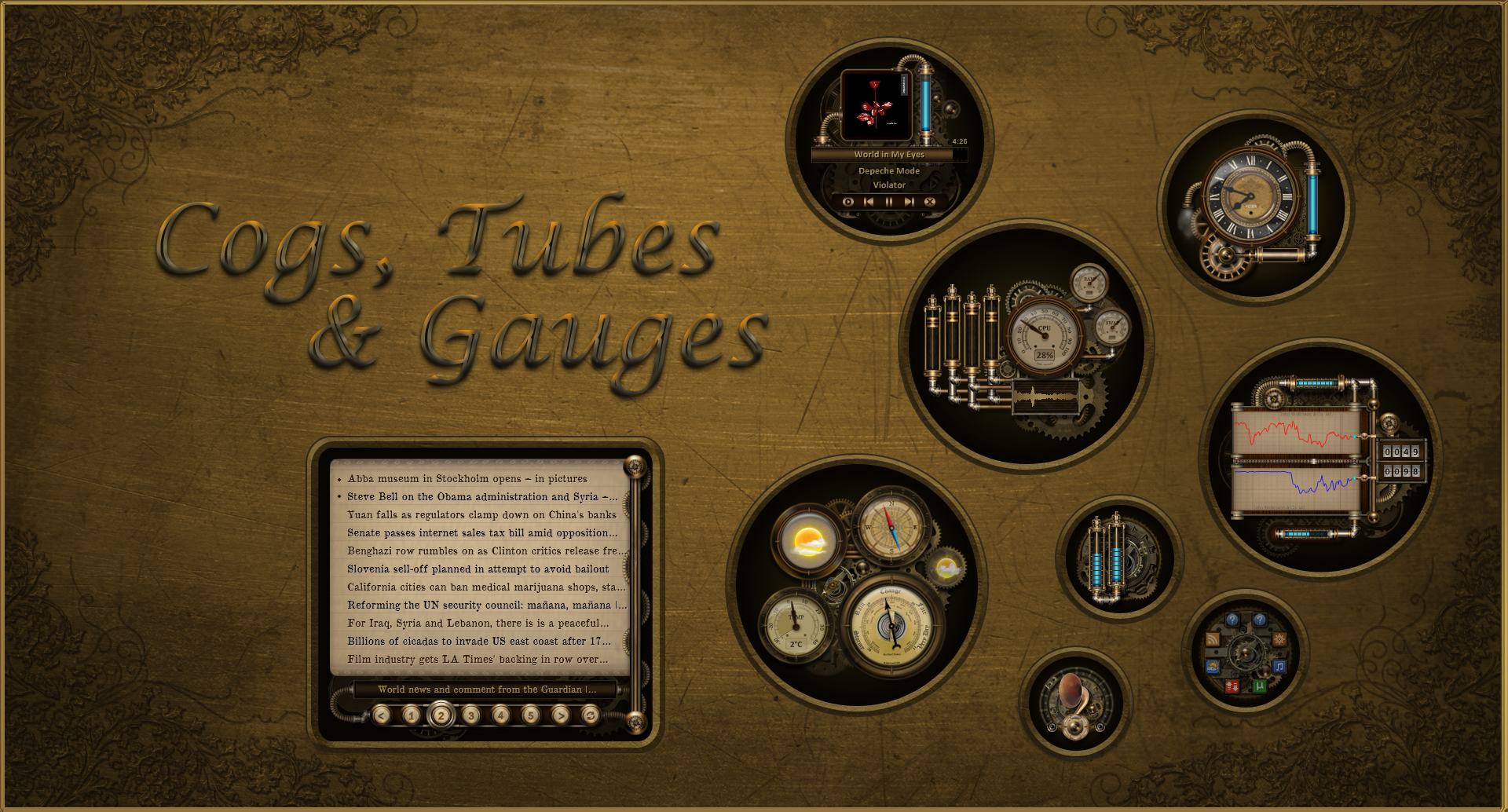

It will continue to say it's raining for some time after the rain stops (until the plate dries out) and it won't be able to tell you how much rain fell, but it might be easier to implement. That is - arrange your funnel so it dumps water onto a flat surface, then put two electrodes on the surface close together, and when it's raining the plate will be wet, the electrodes will be shorted together by the water, and you can detect it.

If you just want to see if it is raining, I wonder if you could use a solid-state water detector system on a flat plate. That's quite a lot more complex than the system you have so far, however.

You need to check fast enough that you detect every pulse (ie, that it doesn't tip and get back upright in-between checks) and for that reason I'd use a dedicated micro-controller that has interrupts in hardware. If you have a magnet on the cup (or seesaw) and a reed switch alongside, that will generate a pulse when it tips, so you look out for and count the pulses. The mechanicals bits need care, quite apart from the electronics aspects. Often it's a seesaw arrangement rather than one single bucket. The normal mechanism is a tipping bucket - you have a funnel that collects rain over an area and directs it to a collection cup, which is cunningly designed so that it sits upright until a certain amount of water fills it up when it tips over and empties.


 0 kommentar(er)
0 kommentar(er)
